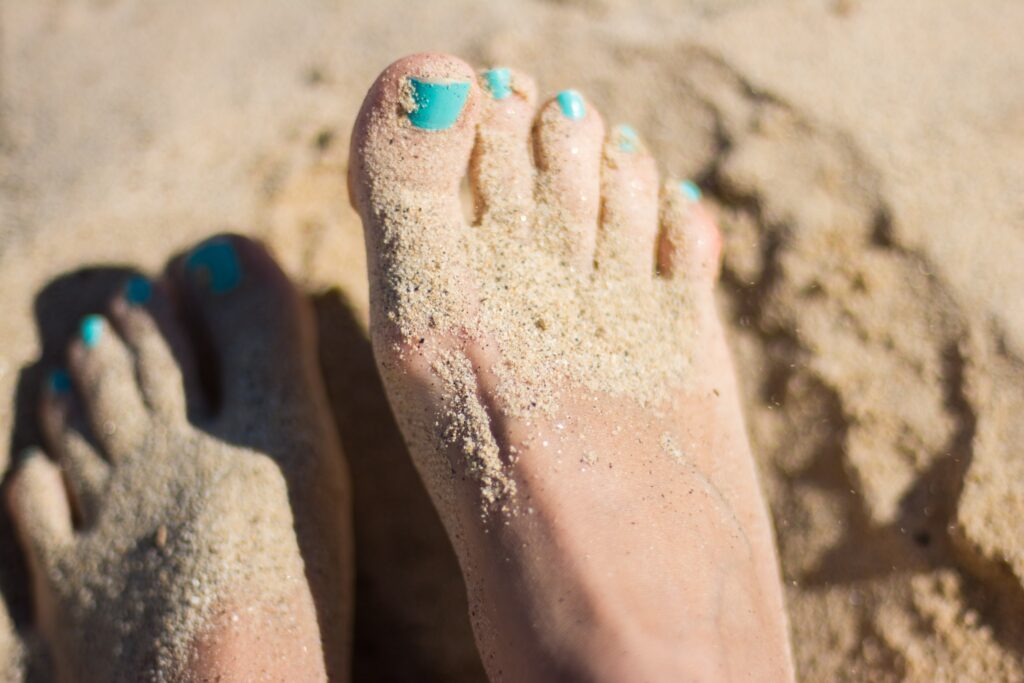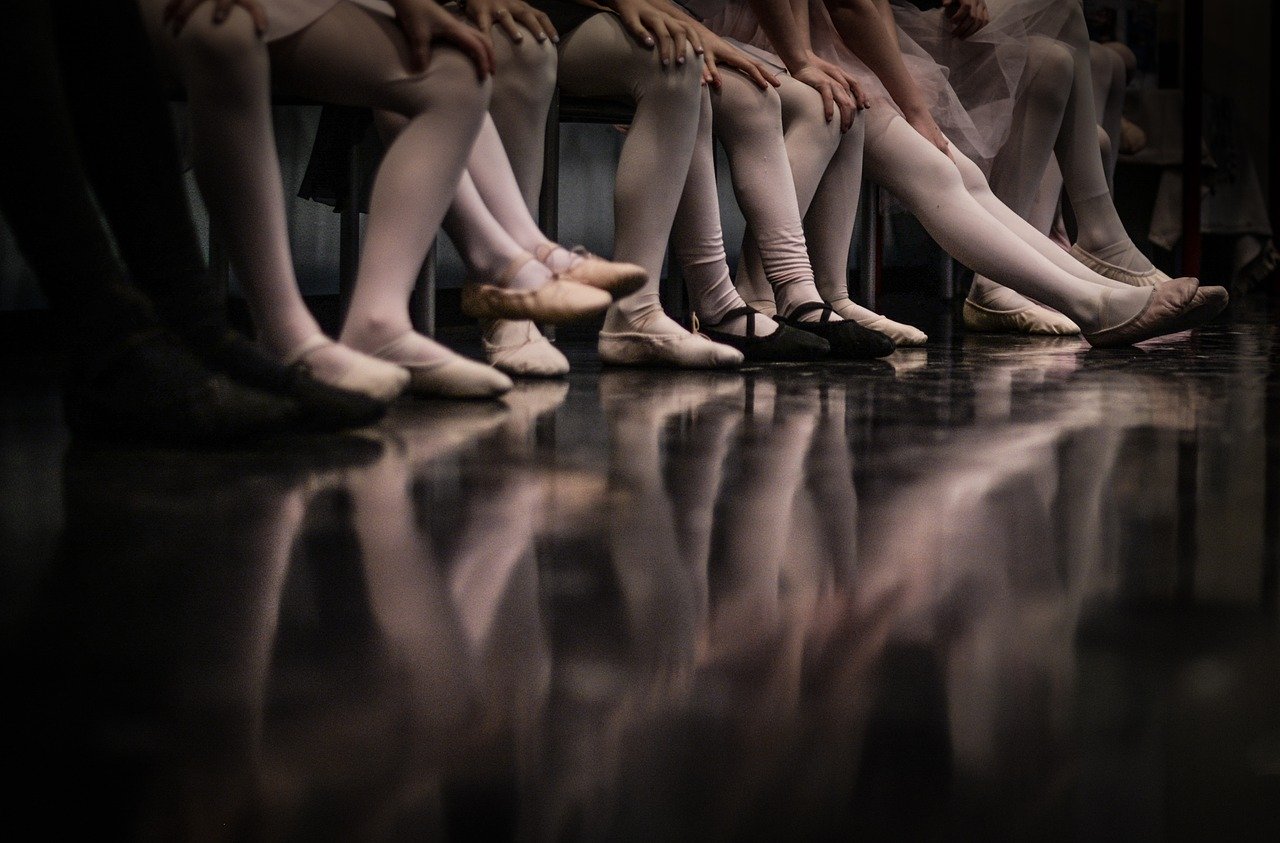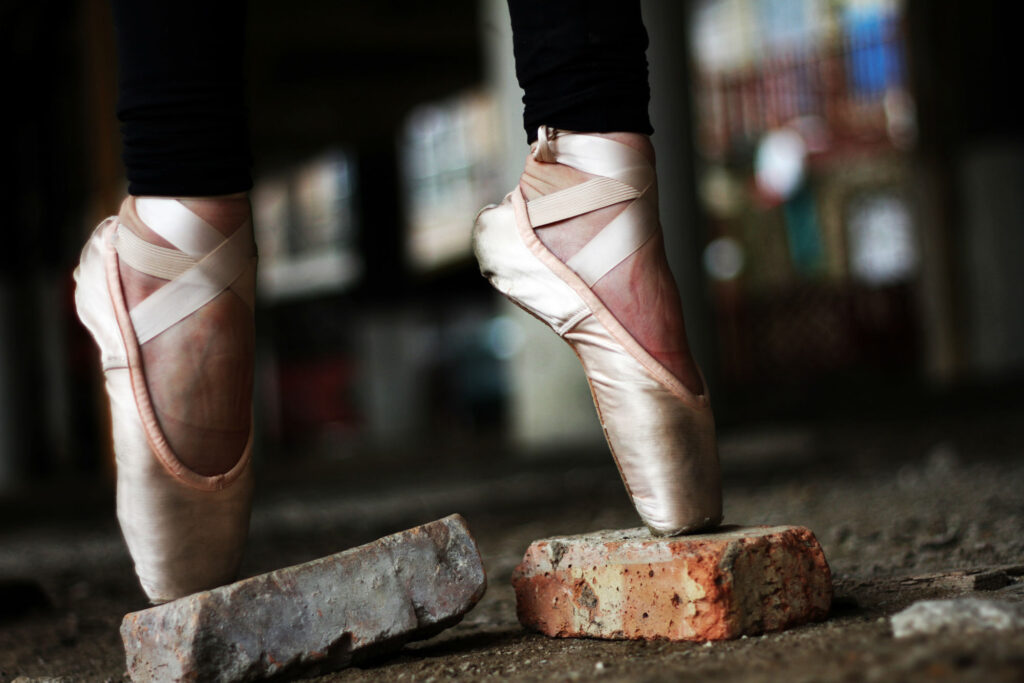An ingrown toenail is a common problem if you are a dancer, especially a ballet dancer, because your toes are pushed into tights, squeezed into firm fitting dance, ballet or pointe shoes and then worked for hours repeatedly—jumping, spinning and pointing your feet. While you are dancing, your feet get very hot and sweaty, creating the perfect breeding ground for bacteria.
Struggling through dance class, you limp home because your red-hot, swollen, infected ingrown toenail is getting worse every day. Unwilling to put up with the non-stop pain, you decide to perform your very own bathroom surgery and cut out the offending bit of nail.
But this short-term solution is not recommended. While some dance teachers suggest soaking your feet in methylated spirits to ‘harden them up’, the freedom will only last a few weeks before the pressure, pain and infection returns. Without proper treatment, this re-occurring routine can go on for years.
What is an ingrown toenail?
An ingrown toenail or ‘Onychocryptosis’ occurs when a spike on the side, or corner, of the nail pushes into the surrounding skin. While it can occur on any nail, the big toe (referred to as hallux) is usually the one affected.
Initially, it will feel a bit sore and red. If left untreated, it can become infected and you may see a yellow or green fluid weeping from the side of the nail. Any bump or knock to the toe will cause agony and they often bleed easily.
How can you prevent ingrown toenails?
The best prevention is to cut the toenails correctly.
- Cut straight across the top – do not cut down the side of the toenail
- File the edges of the toenail so that they are not sharp or pointy.
Previous trauma to one or many toenails can make you more susceptible to developing an ingrown. A common dance injury subungual haematoma (bruising or bleeding underneath the toenail) can damage the toenail matrix and cause the toenail to fall off completely. This can result in the new toenail growing back thickened, discoloured or ingrown.

What are the treatment options?
The best thing to do is see a podiatrist as soon as these symptoms arise. They will:
- Give you advice on how to cut your toenails and show you the correct technique
- Remove the offending nail spike using sterilised instruments so that infection will not occur and the nail can grow out without disrupting the surrounding skin
- Suggest that you need antibiotics if the infection looks bad.
If left too long, some ingrown toenails can be too tender to touch. In this case your podiatrist can safely inject a local anaesthetic into the toe so that the spike can be removed pain free.
When is surgery required?
Generally, this will resolve the issue, but sometime persistent ingrown toenails will continue to re-occur. In this case, your podiatrist may suggest toenail surgery. It is not as scary as it sounds!
Under local anaesthetic, they simply remove the ingrown wedge and apply a chemical to the toenail matrix so that it does not grow back again. However, you will need to attend a few redressing appointments post-surgery and rest your toes for a couple of weeks.
During this time, you can still attend your dance classes to watch and take notes, film new choreography and mark out the steps or positions barefoot. While many dancers feel resistant to taking this break from dance while their toenail heals, the long-term effects of never having the pain of an ingrown toenail is well worth it.









0 Comments